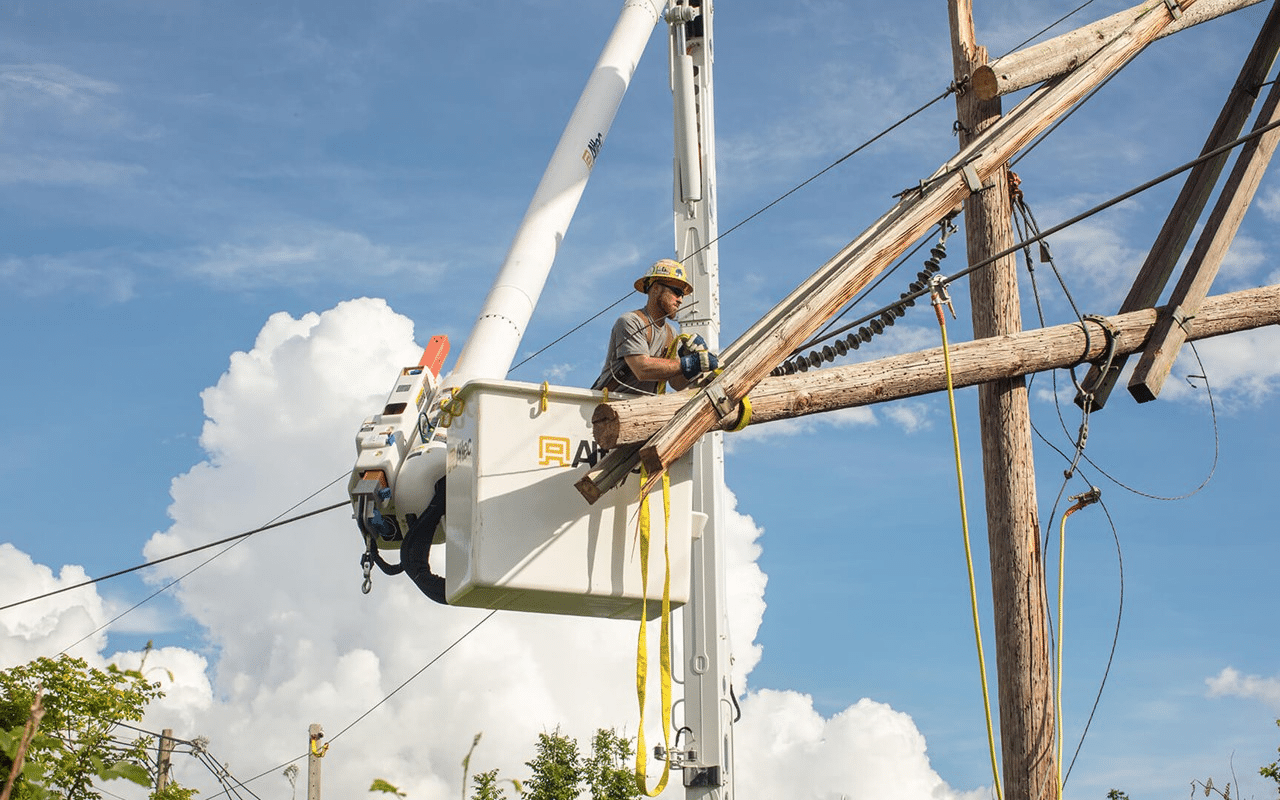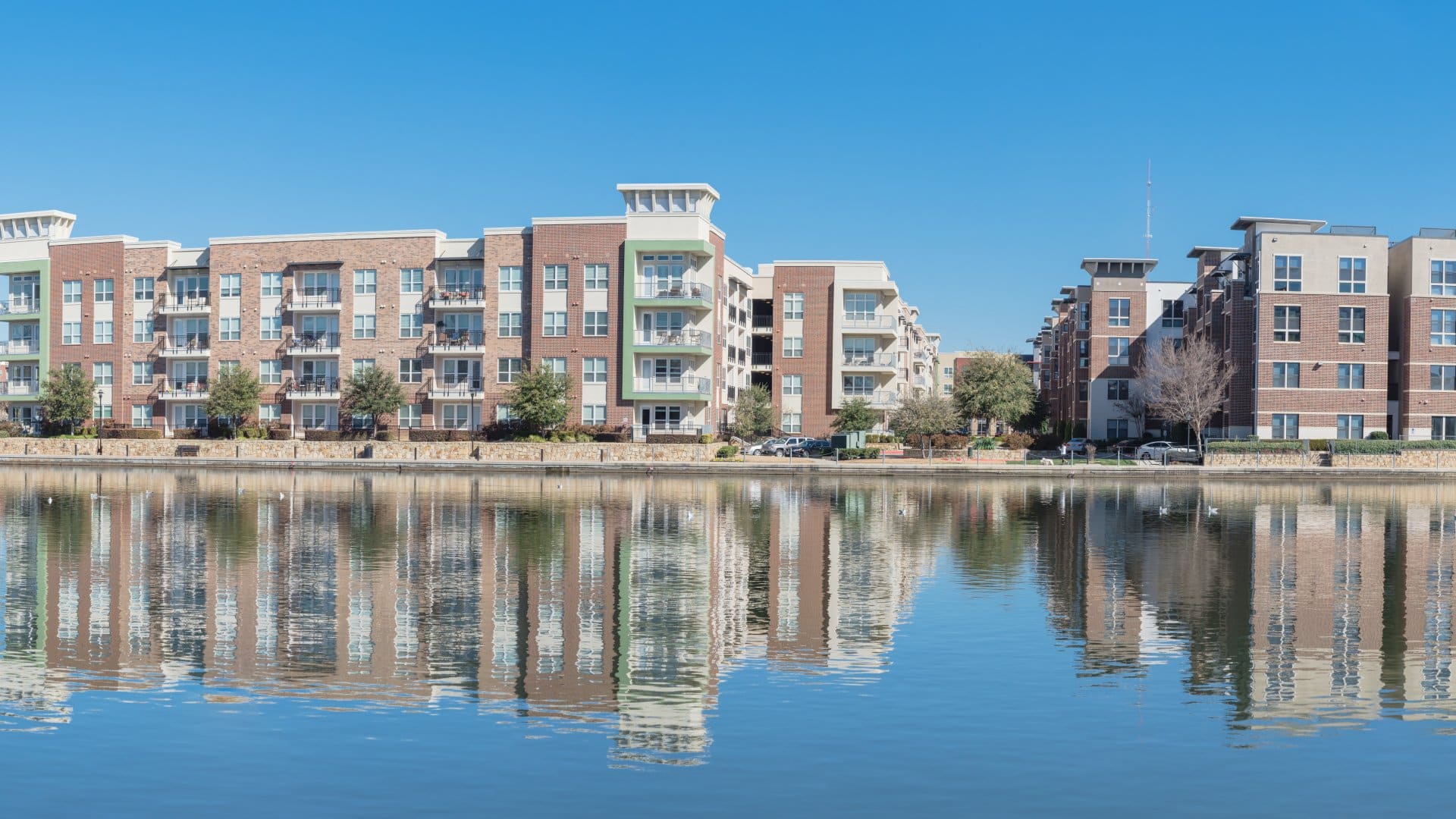What is the problem? Broadband access networks are constantly evolving to keep pace with subscriber demand, competitive pressure, and the requirement of launching new services. Building an optimal access transformation plan is a key factor in an operator’s business success. This plan is closely monitored by the leaders from strategy, product, engineering, finance and operations.
What is the problem? How do I create an implementable optimal access transformation plan, that gives me the most “bang for the buck”? This first paper in the series looks at the process to get to the insights needed to define an optimal network transformation plan. Key takeaways In this paper we observe: The optimal
Problem Statement When developing a long-term access network transformation plan, network operators tend to focus on demand growth as the key trigger for upgrades. While accommodating demand growth remains a key driver for upgrading a network, in reality other triggers may enforce a different upgrade strategy and alter the preferred upgrade path and the required
Problem Statement An operator wants to move all subscribers to Fiber to the Home. He decides on an aggressive strategy to no longer invest in DSL technology upgrades but migrate network elements to FTTH when they need to be upgraded and wants to understand what is the best starting point: go with GPON or directly
What is the problem? Linear upgrade strategies in a single technology domain are no longer sufficient to keep up with growing service demand and complexity. Building a comprehensive transformation strategy requires deep understanding of the impact of both linear and non-linear upgrade paths. The current tools to build transformation plans are not capable of handling
A cable operator is planning to use Extended Spectrum DOCSIS (ESD) technology to upgrade their access network. They are considering two network powering options – central powering vs distributed powering. Which powering model would be best suited for their future network upgrades?
An operator would like to develop a roadmap to reach 10G capacity on their access networks. To make an informed decision he wants to understand the effect of multiple technology paths on total cost, investment profile, technology availability risk and ability to support his product roadmap.
What is the problem? Broadband access networks need to evolve to keep pace with ever increasing subscriber demand. Network planners are faced with the challenging task of planning network upgrades in an optimum manner in a fast-changing, complex environment driven by new technology options and changing competitive and regulatory pressures. Key takeaways Access networks are
An operator would like to develop brownfield SFU upgrade guidelines. They have access to different access technologies such as Fiber Deep and Fiber To The Home in their portfolio. Question is what are the guidelines for deploying technologies for different node densities?
An operator is interested in understanding what is the operating cash flow (OCF) opportunity by installing different fiber deep technologies to brownfield MDUs in a market. They have a hypothesis that different fiber deep technologies will have different take rates.









